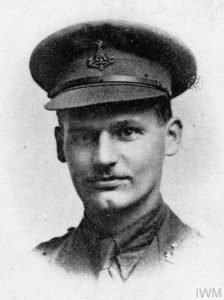Name: Albert Victor Brackenbury
Rank: Deck Hand
Service No: 940/DA
Date of Death: 25/11/1918
Age: 24
Regiment/Service: Royal Naval Reserve H M Trawler “Principal.”
Grave Reference: E. 27. 33. Cemetery: Scarborough (Dean Road) Cemetery
Additional Information: husband of Lizzie Priscilla Brackenbury, of 8, Friar’s Entry, Scarborough.
Paul Allen writes:
For many years after her husband Alan’s death Emily Mary Barraclough lived with her 2 children Joseph Mickman and Rene, at 33 Friargate, a house they had shared with Emily’s younger sister, Lizzie Priscilla Brackenbury (formerly Cape), who was also a ‘war widow’.
Lizzie was the wife of 940/DA Deck Hand Albert Victor Brackenbury, Royal Naval Reserve, who had died whilst serving in HM Trawler ‘Principal’ from the effects of bronchopneumonia, at the Rosyth Naval Hospital, aged 24, on 25 November 1918.
Albert was subsequently interred in Scarborough’s Dean Road Cemetery; his grave is located in Section E, Row 27, Grave 33.
Lizzie Brackenbury passed away at the age of 69 on Tuesday, 3 April 1962, and was buried in the grave at Manor Road following a service at the Bethel Mission, which was located at the time in Sandside.
Paul Allen
Editor’s note: it is not yet clear why Albert Brackenbury’s name is not listed on the Oliver’s Mount memorial.
